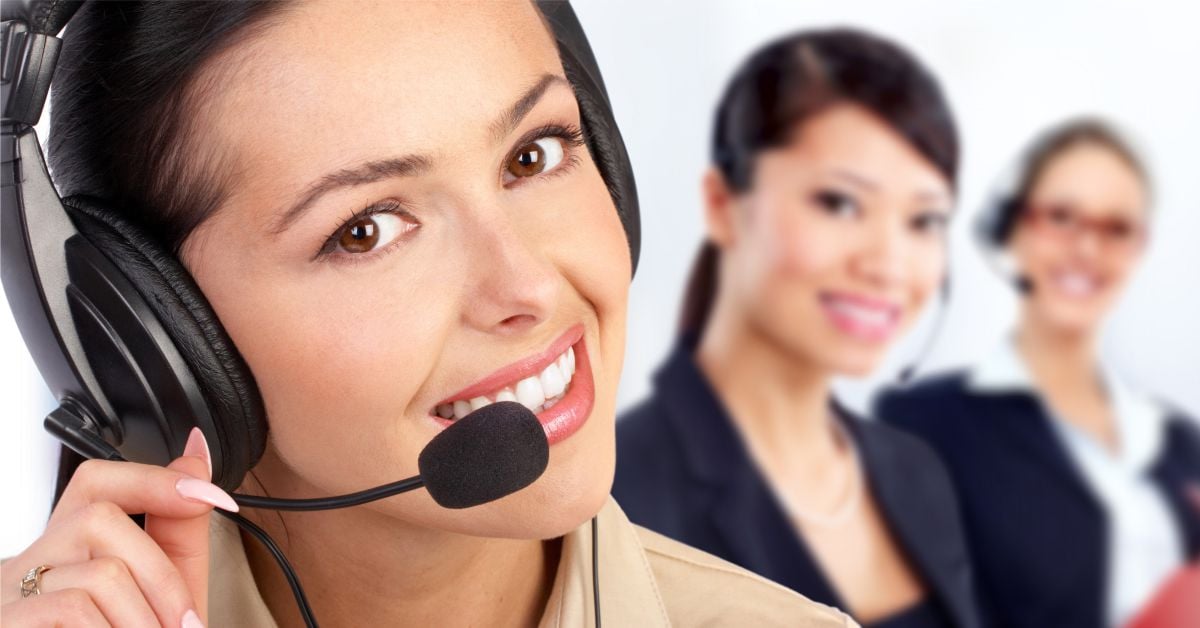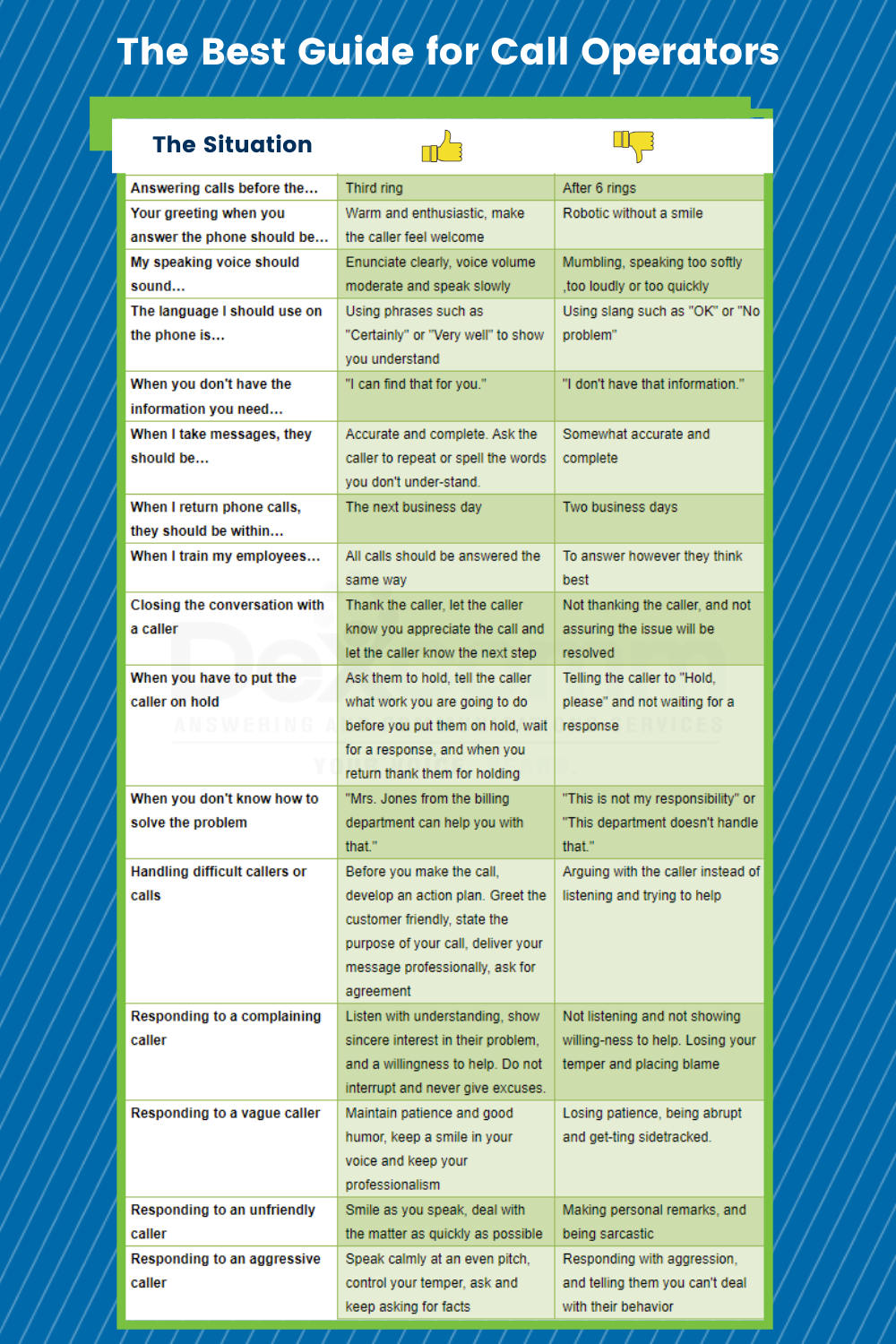All Categories
Featured
Table of Contents
- – What Is The Best What Is An Answering Service? ...
- – Who Has The Best How To Answer The Phone Profe...
- – Which Is The Best Discover How To Set Up A Cal...
- – Which Is The Best Automated Answering Service...
- – What Is The Best Telstra Voice Features & Ser...
- – What Is The Best The Complete Guide To Phone...
What Is The Best What Is An Answering Service? Holder For Car
This gadget and its successors were created by Sava Jacobson, an electrical engineer with a private consulting organization. While early answering devices used magnetic tape innovation, many modern-day devices uses strong state memory storage; some gadgets utilize a combination of both, with a solid-state circuit for the outgoing message and a cassette for the inbound messages.
"toll saving" below) (answer phone service). This is useful if the owner is evaluating calls and does not wish to talk with all callers. In any case after going, the calling celebration must be notified about the call having been responded to (in many cases this starts the charging), either by some remark of the operator, or by some welcoming message of the TAD, or addressed to non-human callers (e.
This holds particularly for the Little bits with digitally stored welcoming messages or for earlier machines (before the increase of microcassettes) with a special endless loop tape, different from a second cassette, devoted to recording. There have actually been answer-only devices with no recording capabilities, where the welcoming message had to inform callers of a state of present unattainability, or e (telephone answering service).
Who Has The Best How To Answer The Phone Professionally (With Examples)?

about schedule hours. In recording TADs the welcoming normally contains an invitation to leave a message "after the beep". A voice mail that uses a microcassette to tape-record messages On a dual-cassette answerphone, there is an outgoing cassette, which after the specified number of rings plays a pre-recorded message to the caller.

Single-cassette voice mail consist of the outgoing message at the start of the tape and inbound messages on the staying area. They initially play the statement, then fast-forward to the next offered area for recording, then tape-record the caller's message. If there are numerous previous messages, fast-forwarding through them can cause a considerable delay.
This beep is typically referred to in the greeting message, requesting that the caller leave a message "after the beep". Littles with digital storage for the recorded messages do disappoint this hold-up, of course. A little bit might provide a remote control facility, where the answerphone owner can sound the home number and, by entering a code on the remote telephone's keypad, can listen to tape-recorded messages, or erase them, even when away from house.
Which Is The Best Discover How To Set Up A Call Answering Service With A 7- ... Provider

Consequently the machine increases the variety of rings after which it addresses the call (normally by two, leading to four rings), if no unread messages are currently kept, but responses after the set number of rings (typically 2) if there are unread messages. This permits the owner to discover out whether there are messages waiting; if there are none, the owner can hang up the phone on the, e.
Some machines also enable themselves to be from another location activated, if they have actually been changed off, by calling and letting the phone ring a particular large number of times (normally 10-15). Some provider desert calls currently after a smaller variety of rings, making remote activation difficult. In the early days of TADs an unique transmitter for DTMF tones (dual-tone multi-frequency signalling) was regionally required for remote control, because the previously utilized pulse dialling is not apt to communicate appropriate signalling along an active connection, and the dual-tone multi-frequency signalling was executed stepwise.
Any incoming call is not identifiable with regard to these properties in advance of going "off hook" by the terminal devices. So after going off hook the calls need to be changed to appropriate gadgets and only the voice-type is right away accessible to a human, however maybe, nonetheless need to be routed to a TAD (e.
Which Is The Best Automated Answering Service, Better Known As Interactive ... Company
What if I informed you that you do not have to really get your gadget when addressing a customer call? Another person will. So hassle-free, right? Answering phone calls does not require somebody to be on the other end of the line. Effective automated phone systems can do the trick simply as effectively as a live representative and sometimes even better.
An automated answering service or interactive voice action system is a phone system that communicates with callers without a live person on the line - virtual telephone answering. When business use this technology, clients can get the response to a concern about your company merely by utilizing interactions set up on a pre-programmed call flow.
Although live operators update the customer care experience, many calls do not need human interaction. A basic taped message or guidelines on how a customer can obtain a piece of info usually resolves a caller's immediate need - telephone answering service. Automated answering services are a basic and reliable way to direct incoming calls to the ideal individual.
What Is The Best Telstra Voice Features & Services - Home Phone Deal Out There
Notice that when you call a company, either for support or item inquiry, the very first thing you will hear is a pre-recorded voice welcoming and a series of options like press 1 for client service, press 2 for queries, and so on. The pre-recorded alternatives branch out to other options depending upon the consumer's choice.
The phone tree system helps direct callers to the ideal individual or department using the keypad on a cellphone. In some instances, callers can utilize their voices. It's worth keeping in mind that auto-attendant alternatives aren't restricted to the ten numbers on a phone's keypad. As soon as the caller has chosen their very first choice, you can create a multi-level auto-attendant that uses sub-menus to direct the caller to the ideal sort of assistance.
The caller does not need to communicate with an individual if the auto-attendant phone system can handle their issue. The automated service can path callers to a worker if they reach a "dead end" and require help from a live representative. It is expensive to work with an operator or executive assistant.
What Is The Best The Complete Guide To Phone Answering Services To Get
Automated answering services, on the other hand, are significantly less costly and supply substantial cost savings at an average of $200-$420/month. Even if you don't have actually devoted personnel to handle call routing and management, an automated answering service enhances efficiency by permitting your group to focus on their strengths so they can more effectively invest their time on the phone.
A sales lead routed to customer care is a lost shot. If a client who has product questions reaches the wrong department or receives incomplete answers from well-meaning staff members who are less trained to manage a specific kind of concern, it can be a reason for frustration and dissatisfaction. An automatic answering system can minimize the number of misrouted calls, therefore assisting your workers make much better use of their phone time while maximizing time in their calendar for other jobs.
With Automated Answering Systems, you can create an individualized experience for both your personnel and your callers. Make a recording of your primary welcoming, and just upgrade it routinely to show what is going on in your company. You can develop as lots of departments or menu choices as you desire.
Table of Contents
- – What Is The Best What Is An Answering Service? ...
- – Who Has The Best How To Answer The Phone Profe...
- – Which Is The Best Discover How To Set Up A Cal...
- – Which Is The Best Automated Answering Service...
- – What Is The Best Telstra Voice Features & Ser...
- – What Is The Best The Complete Guide To Phone...
Latest Posts
Renowned Virtual Receptionist Near Me – Australia 5006
Trusted After Hours Answering Near Me
Sought-After Answering Service Pricing
More
Latest Posts
Renowned Virtual Receptionist Near Me – Australia 5006
Trusted After Hours Answering Near Me
Sought-After Answering Service Pricing